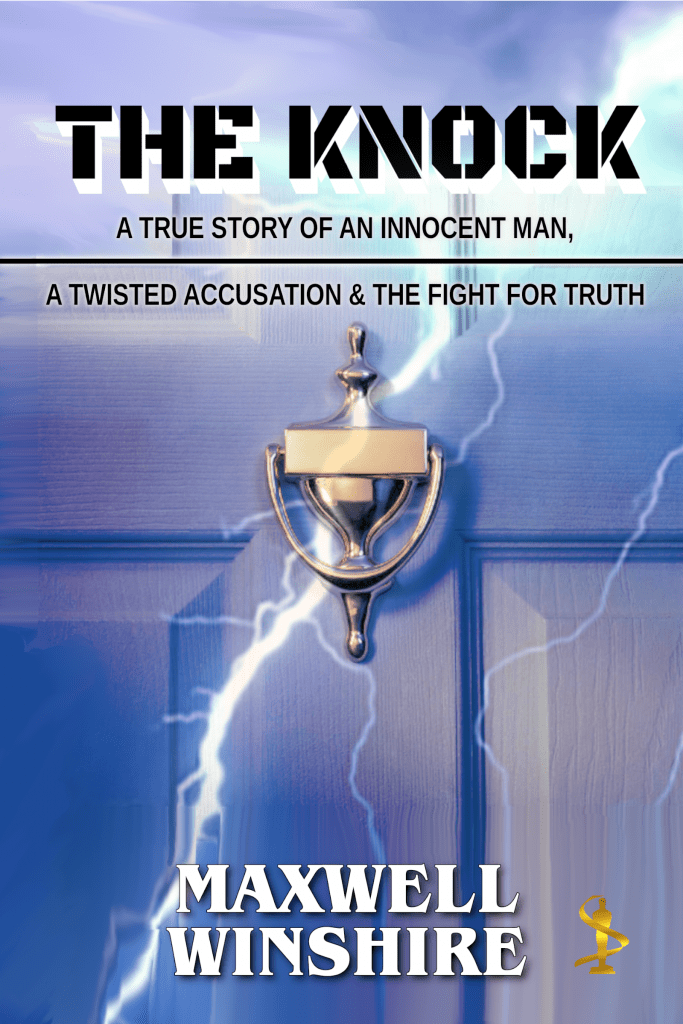HOW TO GET THE BEST BOOK PRICE
The price of your book is a critical aspect of publishing that can greatly influence its success. The process involves more than just picking a random number; it requires careful thought and consideration of various factors. In this informative guide, we will delve into the essential steps to effectively price your book, whether you’re a self-published author or working with a traditional publisher.
- 1. Understanding the Costs Involved
- 2. Know Your Target Audience
- 3. Exploring Different Pricing Models
- 4. Ebook vs. Paper Books Pricing
- 5. Account for Distribution Channels
- 6. Setting Realistic Profit Goals
- 7. Discounts and Promotions
- 8. Continuous Monitoring and Adjustment
- 9. International Pricing Considerations
- 10. Seeking Professional Advice
1. Understanding the Costs Involved

To establish a reasonable price for your book, you must first grasp the costs associated with its production. This includes expenses like editing, design, eBook design, printing, online and bookstore distribution (see (5) below), and any marketing investments. Calculating these costs will give you a foundation for your pricing strategy (see (3) below).
2. Know Your Target Audience

A key part of pricing your book is understanding your target readers. Research your audience: Age, Gender, Location, Occupation, Income level, Interests, Values and Opinions. Analyze books similar to yours in your genre or niche. What price range are readers in your genre typically willing to pay? This knowledge will help you align your pricing with market expectations and help you reach your target audience through targeted advertising on social media.
3. Exploring Different Pricing Models

There are three major pricing strategies to consider:
- Customer value-Based Pricing: Price your book based on the perceived value it offers to the reader.
- Competition-based Pricing: Set a price similar to other books in your genre.
- Cost-based Pricing: Add a markup to cover your production costs and desired profit.
4. Ebook vs. Paper Books Pricing

If you’re offering both eBook and print versions of your book, think about pricing them differently. EBooks are often priced lower than print books due to lower production costs. Some authors opt to bundle the eBook with the print book for added value.
5. Account for Distribution Channels

Different distribution channels have varying pricing requirements and royalty structures. Whether you’re selling through traditional bookstores, online retailers or your own website, ensure your pricing aligns with each channel’s guidelines.
6. Setting Realistic Profit Goals

Determine your profit goals for each book sale. This should consider your initial investment and ongoing marketing efforts. Keep in mind that higher prices may lead to lower sales volume but potentially higher revenue per sale.
7. Discounts and Promotions

Consider running limited-time discounts or promotions to attract readers and boost sales. For example, Books-a-million offer time-limited discounts and KDP have a promotion window you can set with a lower price in their program called KDP Select. These tactics create a sense of urgency and can encourage potential buyers to make a purchase.
8. Continuous Monitoring and Adjustment

Book pricing is not static. Regularly monitor your book’s sales performance and be prepared to adjust your pricing strategy accordingly. Experiment with different price points to find the ideal balance.
9. International Pricing Considerations

If your book has an international audience, be mindful of currency exchange rates and regional market conditions. In the table above you can see that the average Amazon price in 2016 for a hardcover NY Times Bestseller in the US was $16.02, in Germany, the equivalent was $24.29 and in China, $3.99. Amazon, and some other platforms, allow you to set different prices for various regions to account for these factors.
10. Seeking Professional Advice

If you’re uncertain about pricing your book, consider seeking advice from industry professionals such as literary agents or experienced self-published authors. Their insights can provide valuable guidance for making informed decisions.
Conclusion
Pricing your book is a strategic endeavor that should align with your publishing objectives and reader expectations. By comprehending your production costs, researching your target market, and exploring different pricing models, you can establish a price that not only covers your expenses but also maximizes your book’s appeal to potential readers. Keep in mind that pricing is an evolving process, so stay open to adjustments based on sales performance and changing market dynamics to optimize your book’s success in the competitive world of publishing.

